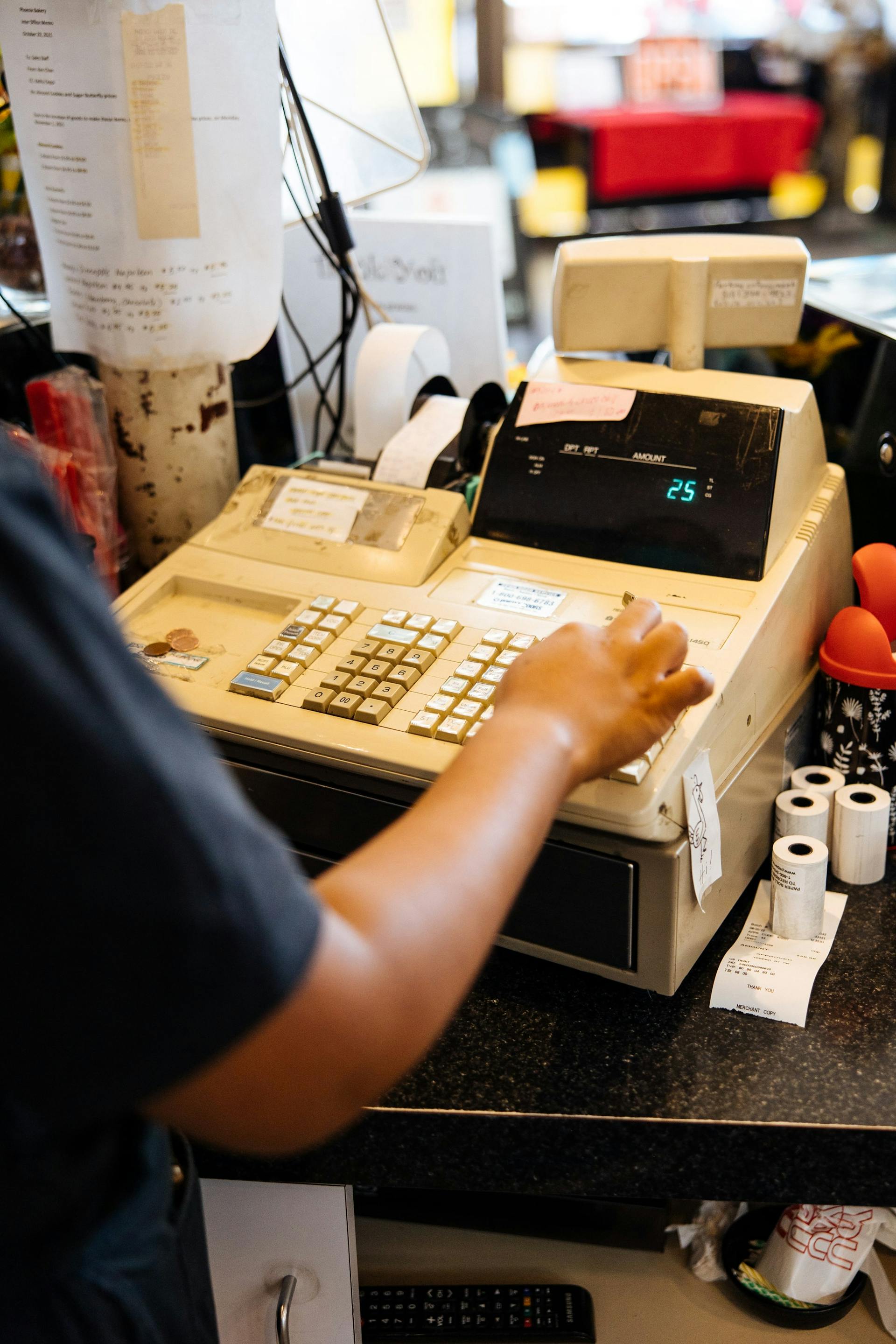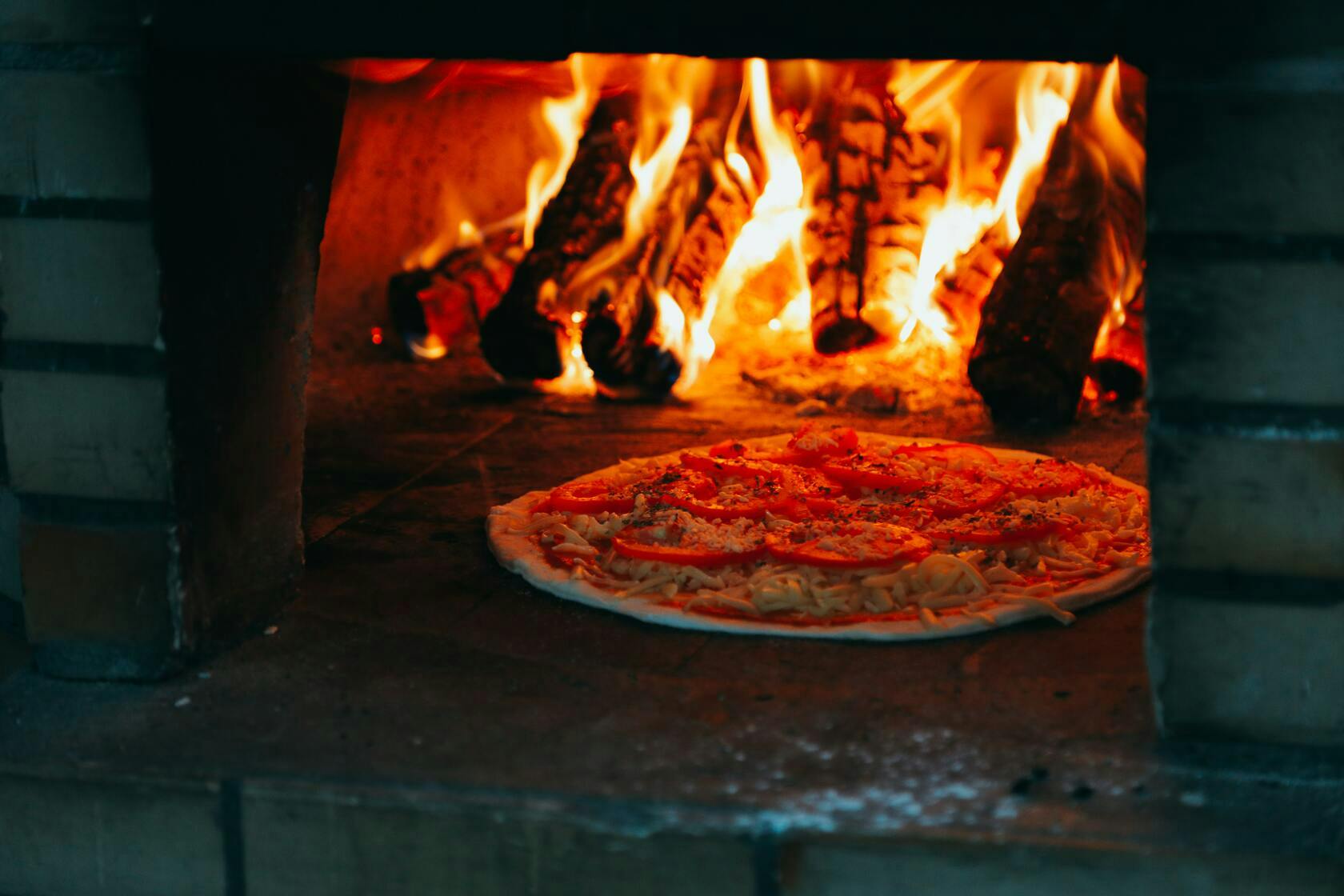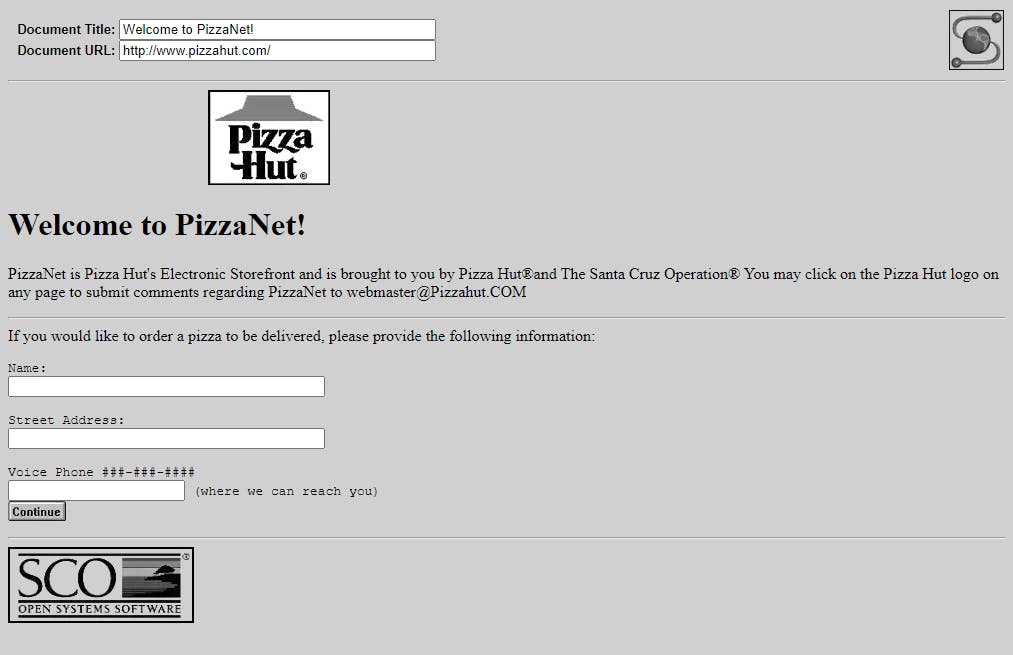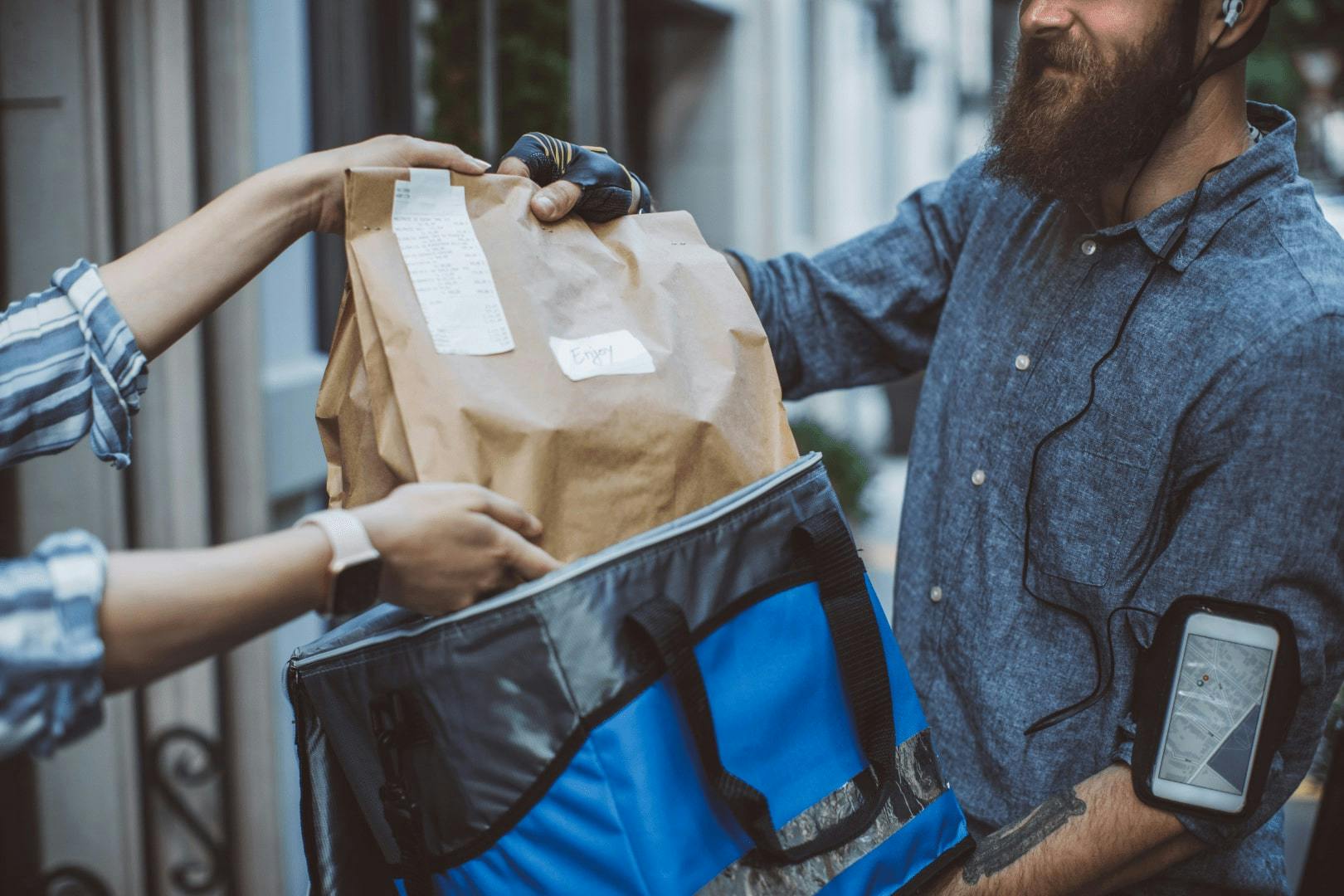
Before we look back at the history of food delivery, let's take a moment to reflect on rise of online ordering in the past few years.
Today, with multiple third-party food delivery services at our fingertips and a global pandemic that forced us all inside, food delivery is a staple of our daily lives. In fact, experts say that the online food delivery market’s global revenue is expected to rise to $151.5 billion in 2021.
But as a restaurant owner, have you ever wondered about the history food delivery?
Let’s dive back into the past to learn more about the evolution of convenience & takeout, what its history can teach us about the industry today, and where we’re headed.
The origins of food delivery
Most businesses and restaurants have emerged from identifying change and adapting to our environments. Food delivery has solved countless problems throughout human history. It all started back in 1785 when the U.S began to industrialize, and most Americans moved to urban areas. At this time, people also began to purchase milk from local dairy farmers, and since few people had access to refrigeration, milk delivery became a standard way for many.
However, when we think about food delivery we don’t often think about milk; we think about ordering a delicious pizza. In 1889 the first recorded food delivery took place in Naples, Italy. King Humberto and Queen Marguerita of Savoy were feeling lazy and requested a pizza to be delivered by the famous pizza maker Rafaele Esposito.
Soon after, food delivery became less of a luxurious whim when a man in India named Mahadeo Havaji Bachche came up with the idea of creating a company dedicated to making and delivering home-cooked lunches to workers in the crowded city of Mumbai after the rise in the workforce.
Now that we have started talking about the vital role that pizza plays in the world of food delivery, we cannot forget about Chinese food—the city of L.A caught up in the 20s when Kin-Chu Cafe became "the only place on the West Coast making and delivering real Chinese dishes.” Sadly, the depression of 1929 and WWII led to many years of economic struggle, which almost ended food delivery and Kin-Chu Cafe. However, when the war ended and American soldiers returned home seeking a more comfortable way of living, the emergence of technology and a newfound appetite for Italian food forced restaurants to adapt again to a new demand: TV Dinners.
In the 1950s, pizza continued to catch on as more households started watching TV. This made people want to stay at home instead of taking the family out to a restaurant. In response, restaurants had to offer takeout and delivery, and once again, L.A was ahead of the times when the iconic Casa D’Amore popped up, offering free delivery on any order over $2.50. Today, Casa Da’Amore It’s widely considered the first pizza place to do this.

Food delivery & the internet
Now that we have started talking about the vital role that pizza plays in the world of food delivery, we cannot forget about Chinese foodthe city of L.A caught up in the 20s when Kin-Chu Cafe became "the only place on the West Coast making and delivering real Chinese dishes. Sadly, the depression of 1929 and WWII led to many years of economic struggle, which almost ended food delivery and Kin-Chu Cafe. However, when the war ended and American soldiers returned home seeking a more comfortable way of living, the emergence of technology and a newfound appetite for Italian food forced restaurants to adapt again to a new demand: TV Dinners.
In the 1950s, pizza continued to catch on as more households started watching TV. This made people want to stay at home instead of taking the family out to a restaurant. In response, restaurants had to offer takeout and delivery, and once again, L.A was ahead of the times when the iconic Casa D'Amore popped up, offering free delivery on any order over $2.50. Today, Casa D'Amore Its widely considered the first pizza place to do this.
Now lets fast forward to 1990 and land in a historical moment when the internet became a revolutionary and mysterious space. PizzaNet by Pizza Hut was one of the first websites ever created, and made delivery incredibly simple and exciting.

In 1995 soon after the first online order was placed, the first online delivery service emerged, waiter.com, which offered delivery from 60 different restaurants.
As internet users continued to grow, a couple of New York businessmen launched Seamlessweb followed by its top competitor Grubhub in 1999. After a couple of years of fighting to be on the top, both companies ultimately joined in 2011.
DoorDash and Uber Eats joined the delivery service race as well, and nowadays, those three companies account for 80% of all online food deliveries that grew to become 111 million users in 2020. This new business model was revolutionizing how customers behave, so other markets used it to create platforms that offered an infinite array of different items and services. (Here's some more online food ordering statistics).
In 2020, the global pandemic expedited that shift even more by forcing almost all public spaces to shut down and urging businesses to adapt.
For the first time in history, third-part food delivery services became a near necessity as the restaurant industry faced its greatest struggle of the modern age. From February to April, restaurants quickly innovated and pivoted to takeout and delivery, and as a result, there was an 840% increase in restaurant food delivery sales via online ordering globally.
Nowadays, we have endless lists of restaurants to order from. The delivery trend has expanded into almost every industry, allowing us to receive nearly anything with the click of a button. Before our own eyes, we’ve seen the term “instant” replace “two-day shipping” in the U.S as platforms become faster and more robust.
For example, home-delivered meal kits have grown in popularity as companies like Blue Apron, Hello Fresh and Marley Spoon emerged to simplify at-home cooking. Even alcohol, one of the most challenging products to sell online, has become a trendy item to deliver. 35% of customers & 53% of millennials are more likely to choose a restaurant if it offers to-go alcoholic beverages.

Where is food delivery heading?
So now that we understand the origins of food delivery, where are we heading? Robots will not necessarily take over the industry but they will definitely be a great part of it. Since companies have been delivering items via drones back in 2012, more and more companies are investing significant capital in advanced technology to expedite their delivery process. Domino’s has already delivered pizzas to customers using drones in New Zealand and Yandex has already begun using robots in central Moscow.
For centuries, technology has simplified our needs and research predicts incredible growth in the food delivery industry. Incisiv anticipates that digital sales will make up more than half of all restaurant sales and the global market is expected to reach $192.16 billion by 2025. The origin and future of food delivery has shown that it will continue to become an essential part of the restaurant industry and our daily lives. So what are you waiting for? Let’s simplify and optimize your delivery process to guarantee your restaurant’s long-term success and increase your restaurant's food delivery sales.

Book a demo to see how Otter’s all-in-one platform can help your restaurant thrive.